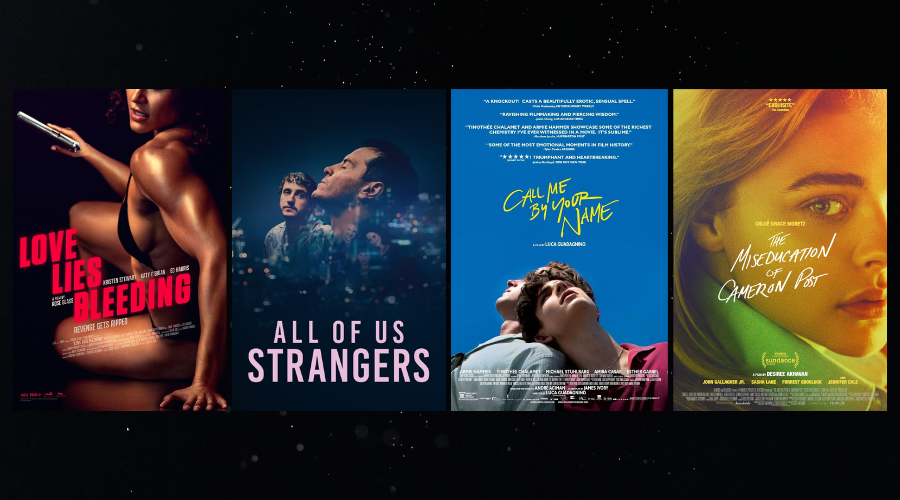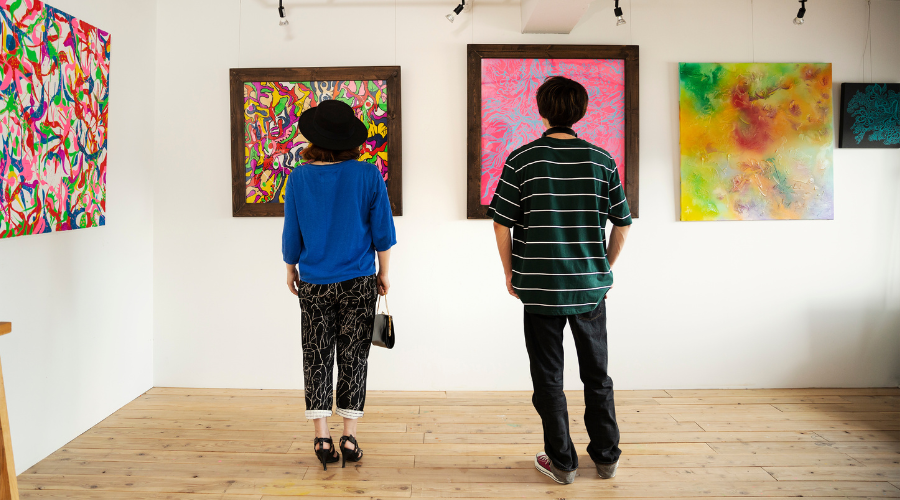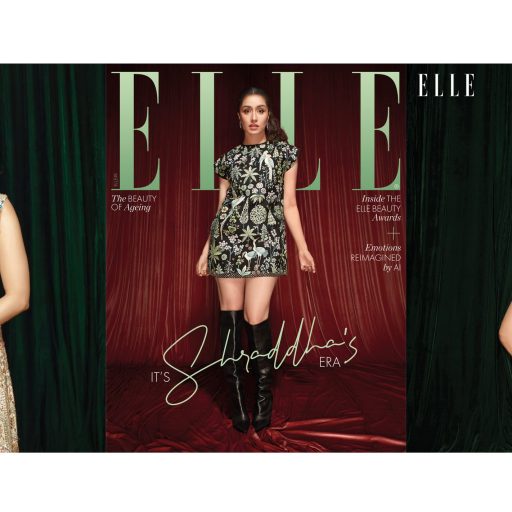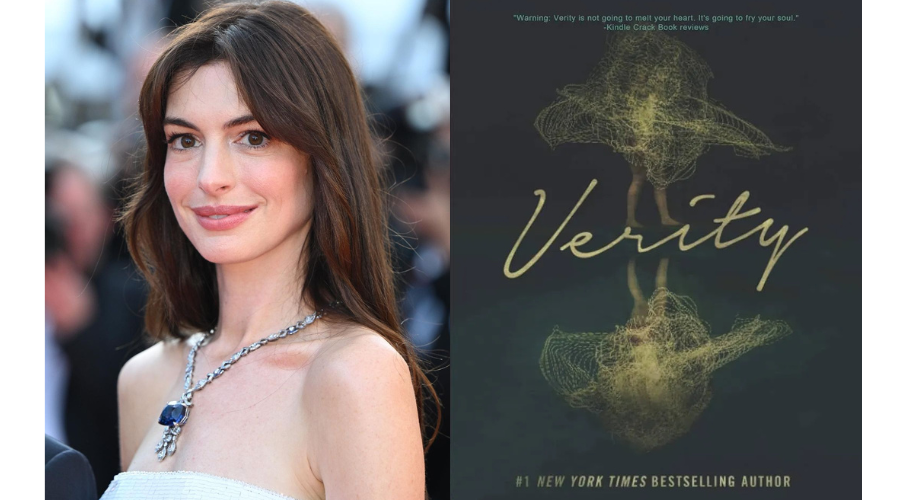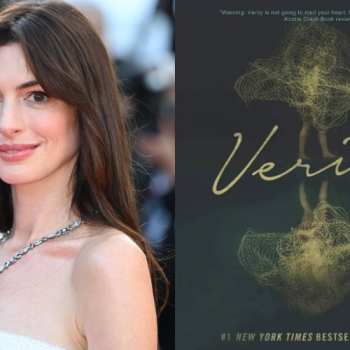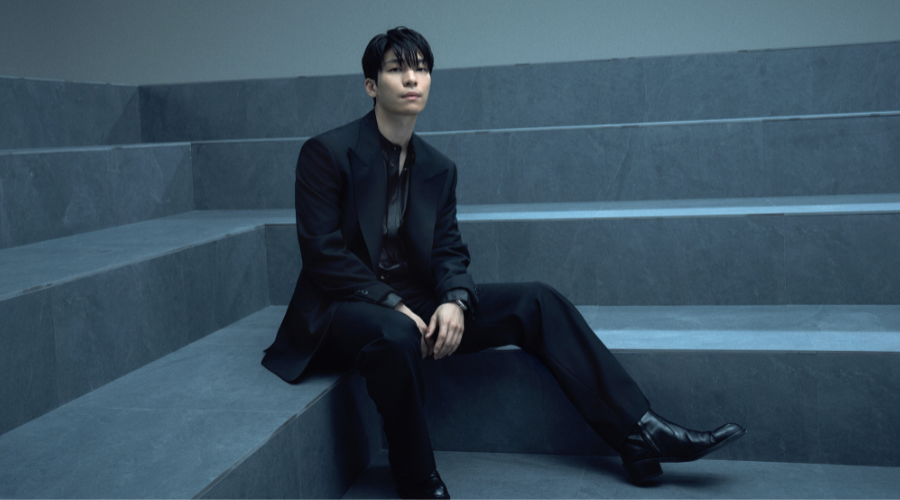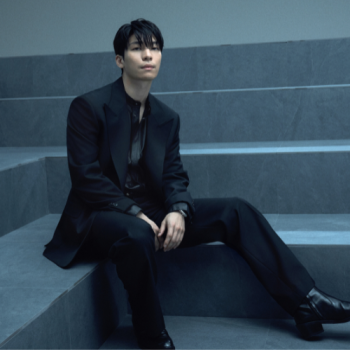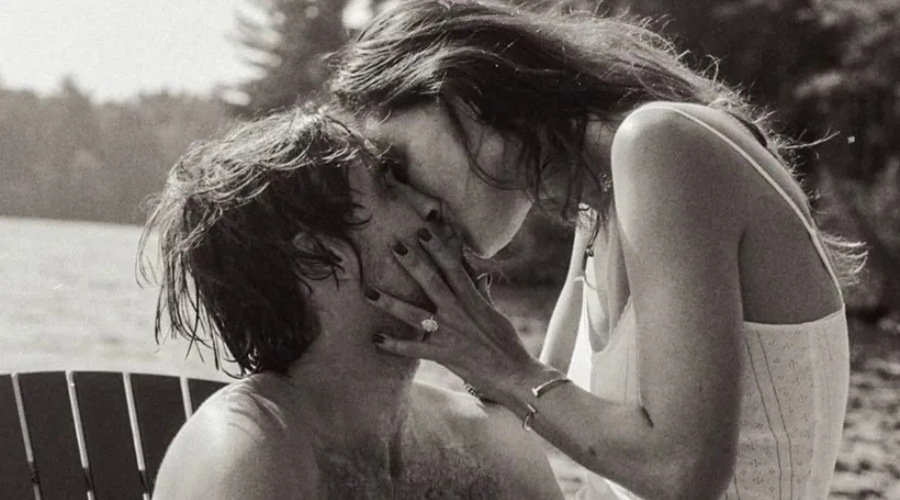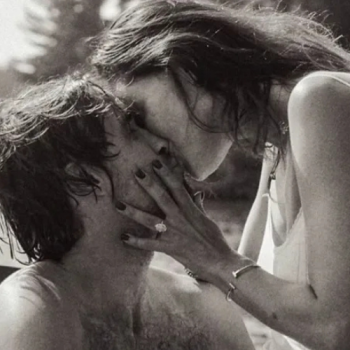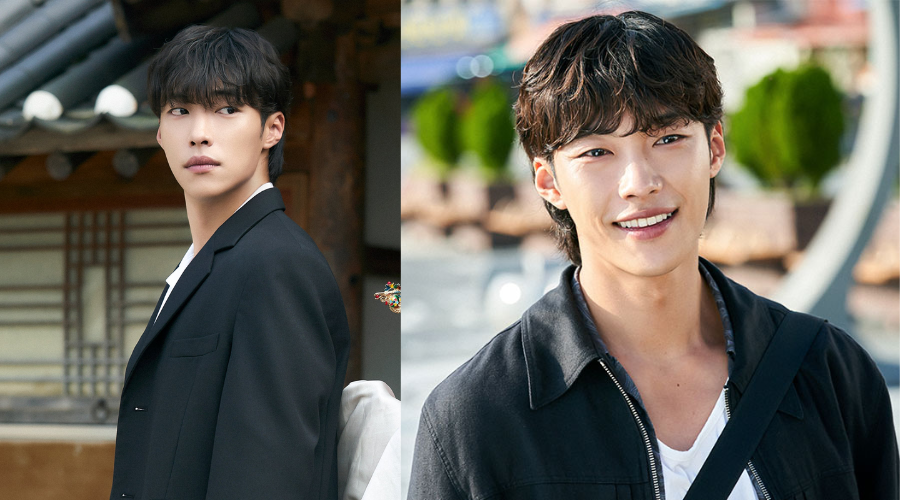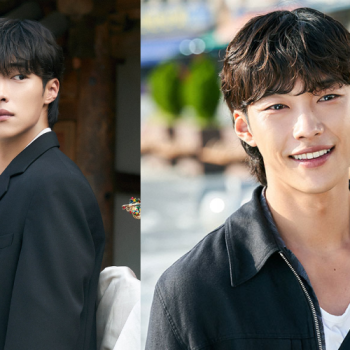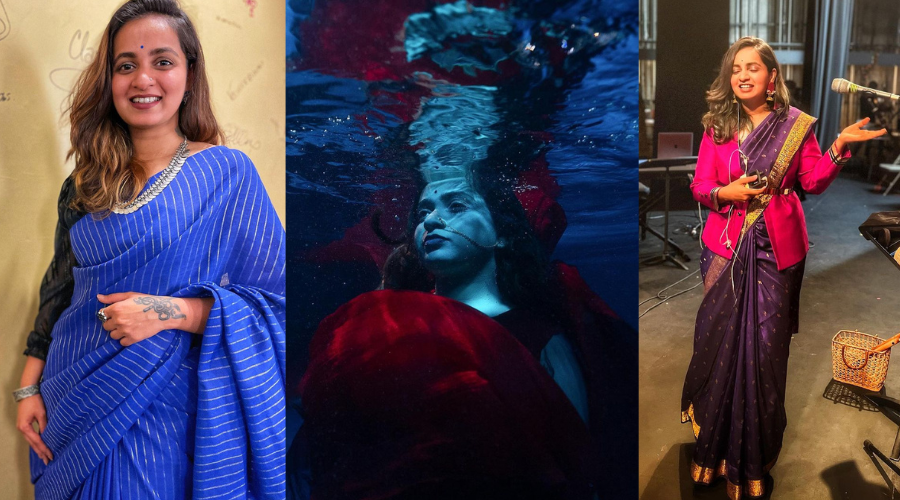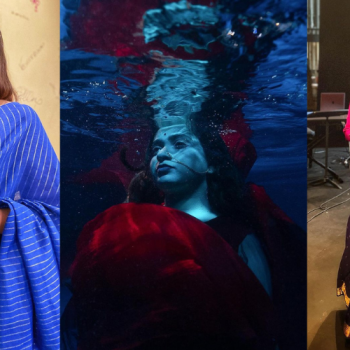There may be many reasons people go to the Louvre in Paris, but every day, 30,000 of them buy the tickets to stare at the painting of a woman smiling benevolently at them. The Mona Lisa is legendary and the French Heritage Law dictates that this painting cannot be sold. Undeterred by mere practicalities, I did a quick search and the internet says that its value would run into billions of dollars, making it practically unaffordable.
Across the world, the Saudi Arabian culture ministry owns Salvator Mundi. In 2017, at a Christie’s auction, this painting demanded a price of $450 million, making it the most expensive art to ever be sold. There’s one thing common to the Mona Lisa and Salvator Mundi – the artist – Leonardo Da Vinci (though this is hotly disputed). If there was ever a case to be made for art and its appreciating value, these numbers could convince even the most conservative investor.
In a world where we are waiting for our mutual funds to rake out the benefits promised to us from glossy brochures, perhaps training our sights on art makes sense. The wealthy set is already doing it. And now, younger India is seeing art as an investment.
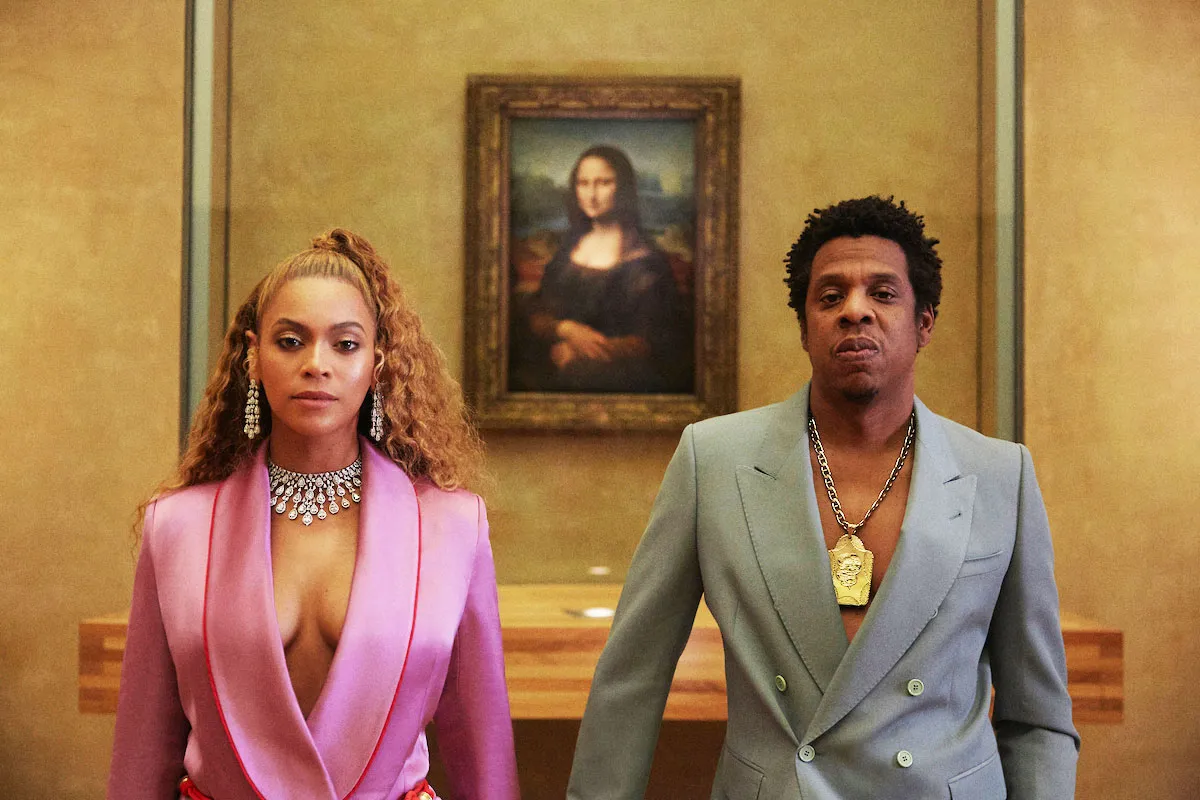
Rishiraj Sethi, the Chief Strategist at Aura Art says that there is a clear upswing in the budgets allocated to buying art now. “Hitherto, buyers would fall under the classic ‘consumption’ bucket of acquiring art simply as a means of decor and were looking at art in the range of ₹50,000 to ₹250,000 per painting. With an increasing awareness of the merits of collecting art, from an aesthetic enhancer to social signalling tool, there buyers are now easily motivated to become ‘consumer-collector’, wherein often the first painting purchased is between ₹500,000-1,000,000. And with the increasing interest and understanding of art as a wealth creator and the few appreciating assets which drive the home aesthetic, with the benefit of being easily transportable to future environments, the upwardly mobile now are often leap frogging to ‘aspiring collectors’ making their first purchase in the range of ₹1,000,000-2,500,000, with the entire home budget for art even touching ₹5,000,000.”
Within the art world, the lines are blurring, making space for diverse tastes and changing preferences. Seema Bhalla, an art historian, curator and researcher, says, “The boundaries between art and craft, traditional and contemporary arts, experimental art and virtual art are merging, broadening the choice options for buyers and collectors. In recent years, aesthetic experimentation has been appreciated by art lovers.”
The younger demographic being brought into the fold opens up a world of possibilities. Earlier, art was often relegated to an afterthought, put up on the wall and then forgotten, rarely discussed. The newer crop wants their art to demand attention, and be a conversation starter. Roshni Vadehra, Director at the Vadehra Art Gallery, says, “The last couple of years have brought in an entirely new crop of collectors who are buying art not necessarily as investment pieces only, but they are recognising it as an asset that is important as part of their home – to enjoy on a personal front, to share with friends and visitors at home, and as a diversity class within a larger asset portfolio.”
Besides the obvious draw of art as an extension of the owner’s personality and a reflection of their taste, there is the undeniable fact that pieces of art can be a worthy investment. Sure, they occupy places of pride in the family home and are not something most people would part with but an erudite investor would see merit in building a collection. This is confirmed by Sethi, who says, “Art tops the bucket of ‘investments of passion’. Indians have over-bought jewellery and incremental wealth will get disproportionately allocated to art, besides increased purchase of art for aesthetics.”
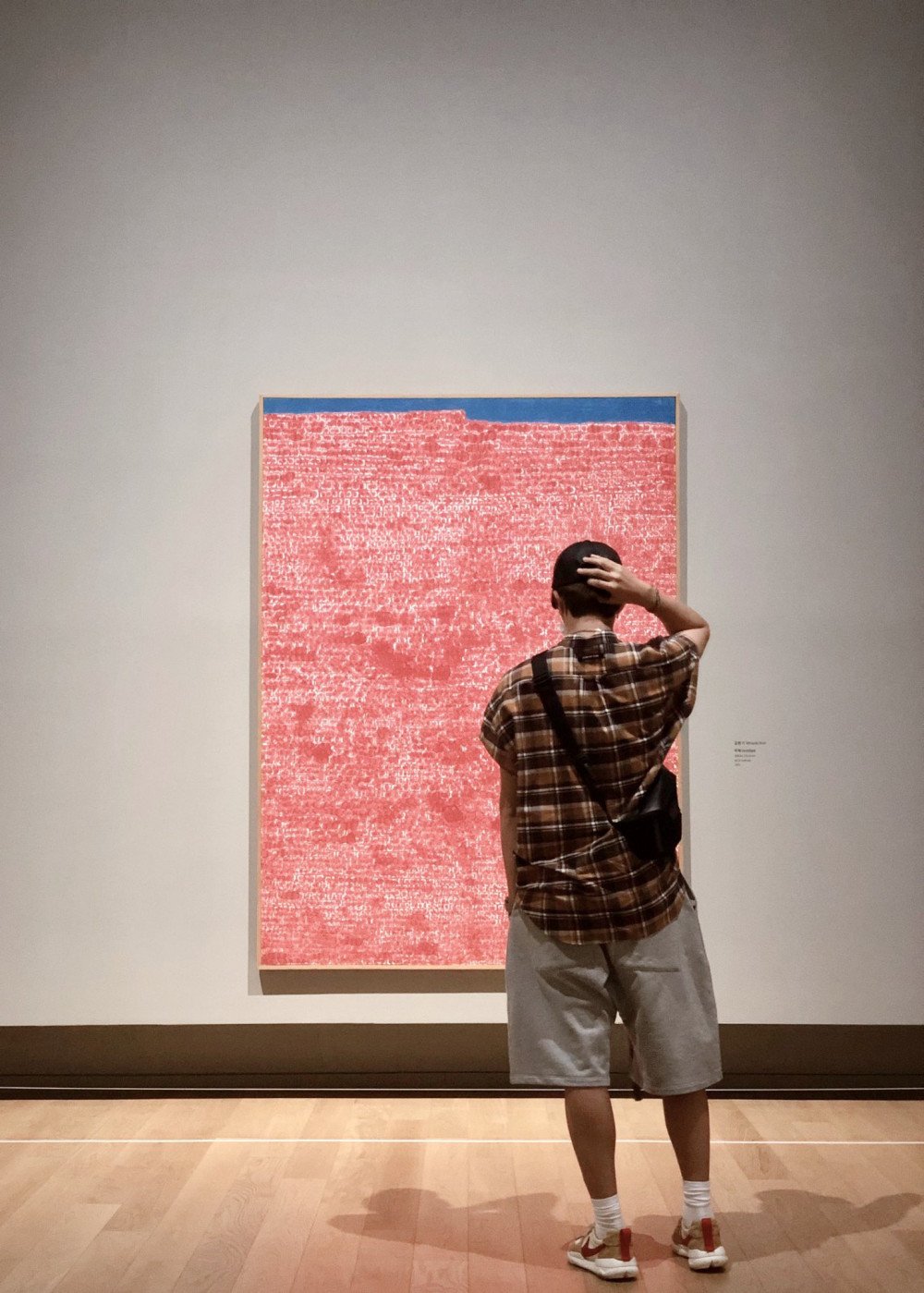
Of course, this comes with a caveat. Vadehra warns against viewing art as encashable commodity. She says, “Personally I discourage my clients from looking at art as an investment. Rather I encourage them to look at their art as family heirlooms that will be enjoyed and passed down generations.”
One of the key aspects to building a valuable collection is honing in on the right artist. Vadehra says, “Different people enjoy different genres – some may relate more to the masters whose works they have seen growing up, while some enjoy contemporary art and resonate more with themes in those works, and yet others find joy in support-ing emerging artists and watch their growth as part of their own success story.”
The reasons to make art an integral part of an investment repertoire might vary but perhaps it’s time to visit a gallery and get your first piece of art home.
Find ELLE’s latest issue on stands or download your digital copy here.

